SUMMARY
This is AI generated summarization, which may have errors. For context, always refer to the full article.
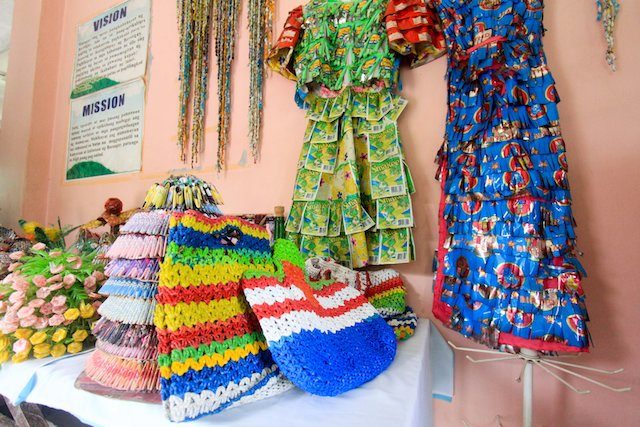
MISAMIS ORIENTAL, Philippines – Gingoog City, a laid-back component city with a population of 180,000, takes pride in how it has disciplined its residents enough to succeed where other cities have continued to fail.
The city has successfully integrated its Solid Waste Management Program down to the kindergarten level and into the consciousness of each resident, helping reduce its garbage from 22 tons to just 6 tons per day, managed at a cost of P13 million per year.
Mayor Marie Guingona said that the city began its journey by complying with Republic Act 9003 or the Solid Waste Management Act of 2000.
“In 2008, two years after RA 9003 took full effect, we passed a resolution to convert and rehabilitate our dumpsite as we look for solutions and comply with the law,” Guingona said.
Guingona narrates how the city struggled in keeping garbage off the streets and into the bin, and the tremendous challenge officials faced in educating and disciplining the residents, especially those in urban areas.
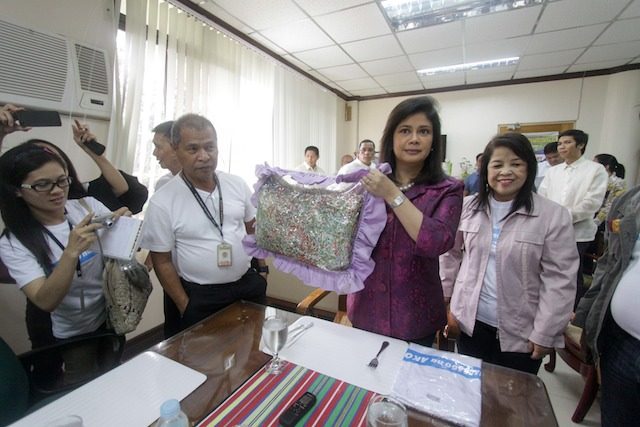
Marlene Fuentes, the city’s senior environment specialist, said that embarking on the implementation of the waste segregation program was like climbing a mountain, trying to conquer an age-old behavior that needed to change.
“We needed to really talk to the people, why we need to change the way we treat our garbage and how their participation would really change the city,” Fuentes said.
Waste segregation at source
Guingona said that since 2010, there has been active public participation in the program, especially in the city’s 29 urban and 19 coastal barangays.
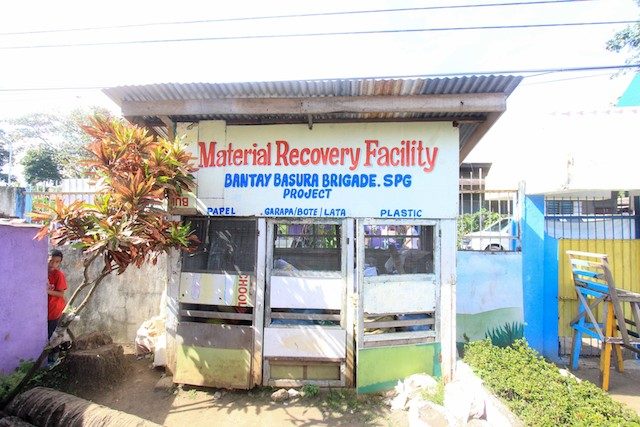
The city has 79 barangays, half of which are in the rural areas.
Richard Miraflores, who is in charge of materials recovery facilities and dumpsite rehabilitation, said, “We took the barangay to task in collecting the garbage since people are direct residents of their barangay.”
He added that the mechanism agreed upon by city officials and residents allows the barangay leadership to set up waste collection areas, collect garbage, and charge residents for garbage disposal.
Some barangays put up their own material recovery structure where people take their garbage already segregated, so no fees are collected from them.
“We have one-size-fits-all policies. We empower the barangays to build the mechanism, based on our mission to segregate garbage at home,” Miraflores said.
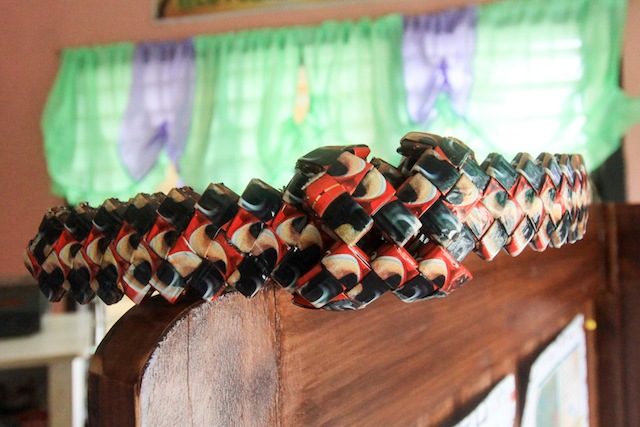
Plastic garbage such as instant coffee plastic wrappers are recovered and turned into useful decorative items, and even bags. In Barangay Santiago, the recyclable materials are being used to generate income for women.
Discarded paper materials are transformed into necklaces and table decor, among others.
Barangay Santiago Chairman Joseph Gomez said that recycling the waste materials provides livelihood opportunities for the women though they find it hard to find markets for their products.
Barangay Santiago is a recipient of several regional awards for recycling, Zero Open Defecation, and environmental management.
Starting them young
In Manuel Lugod Elementary School, signs of garbage segration practices are evident.
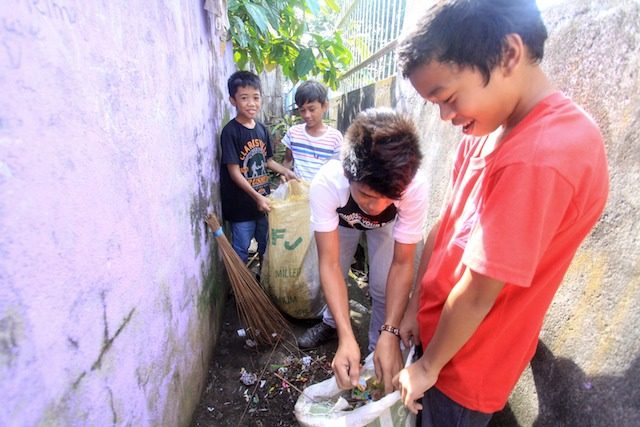
Gardens adorn the premises of the school and its waste segregation facility is visible.
According to Maria Carmela Visande, a teacher and School Staff president, the school has been teaching garbage and waste education from kinder to Grade 6.
Visande said the same programs are taught in other schools in the city.
The Gingoog Mayor said a change in attitude is necessary to ensure the continued success of the program.
“We need a change in attitude and behavior in solid waste management. This effort should always be supported because climate change is a great challenge for all of us,” Guingona said.
Dovee Geollegue, regional coordinator for solid waste management, is quick to point out, though, that while Gingoog City has no landfill yet, the rehabilitation of its dumpsite – one of the best in the country – is commendable.
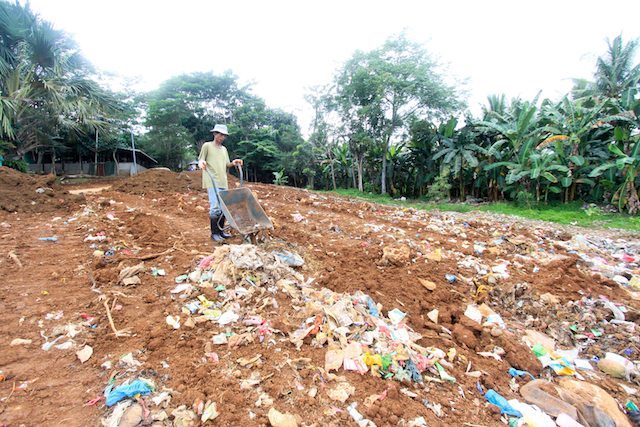
The 10 hectare-Kibalisa EcoWaste Center, the city dumpsite, has no fouled odor, as the 6 tons of garbage brought there every day is covered immediately with soil.
Also noticeable at the dumpsite is the absence of scavengers.
“There is nothing to scavenge here, the recyclable materials are already removed and sent to the MRF,” Fuentes said.
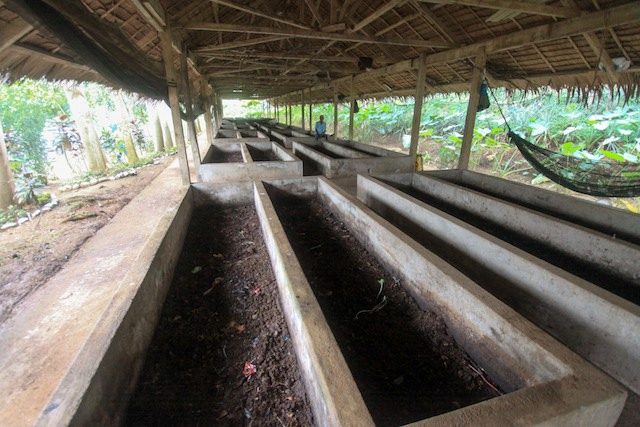
The center also boasts of a 300-square meter compost pit where soil compost is distributed to farmers in the city for free as organic fertilizer.
Half of the center has already been covered with trees.
“We have planted narra, acacia, giant falcata, and other hardwoods endemic in our country,” Miraflores said.
The success story in Gingoog is also a testament to political will and how government can empower people to take ownership of government programs that directly affects them. – Rappler.com
Add a comment
How does this make you feel?
There are no comments yet. Add your comment to start the conversation.